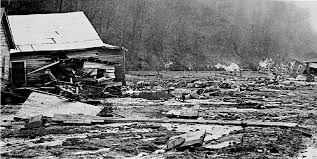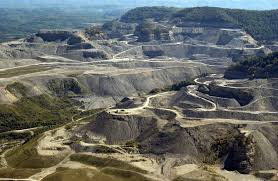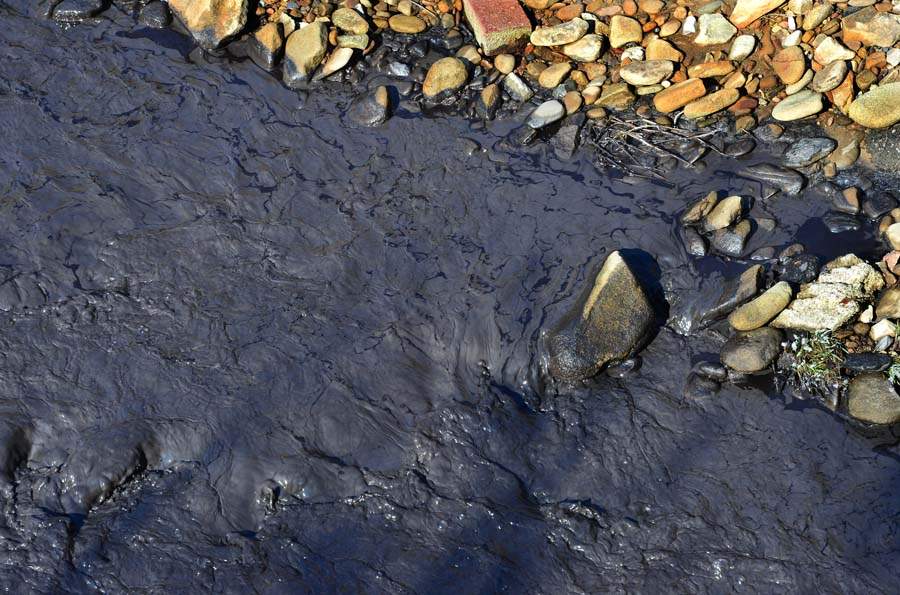 Coal’s Replacement
Coal’s Replacement
Coal mining in West Virginia has opened up a lot of controversy over the years. Supporters of coal say it provides the most jobs in the state, while many others think it is one of the worst things to happen to the state. Historically, employers have mistreated coal miners. Worse yet, the coal industry is destroying West Virginia’s environment, harming the health of its people, and discouraging tourism and other, less polluting industries. Supporters also think that coal is the most reliable and abundant source of energy. Others, including myself, argue that there are better sources of energy. In my opinion coal mining in West Virginia should be phased out and replaced by other forms of energy, such as wind or hydro power. The expertise of our miners could be useful to build dams or wind towers, and fix the state’s infrastructure.
The most important argument against phasing out coal is that many West Virginians rely on coal jobs to support their families, and worry about having to find a new line of work after many years of working in the mine. Indeed, coal mining has been the main industry of West Virginia for most of the state’s existence. But as employers go, the coal industry has a terrible record. Some readers may not be aware of the historical events called The Mine Wars[1], that took place in West Virginia between 1912-1922. This was a dispute between miners who wanted to join the union and the mine operators who opposed that, and became the largest domestic armed conflict in the United States since the Civil War.
In those times, most miners lived with their families in company towns[2], where the mine company controlled everything. The miners could only earn 40 cents, and sometimes not even that. Sometimes they would get something called “scrip” which was the company’s own kind of currency for things you can buy in the company store, which was located in the company town, which they couldn’t leave because they didn’t earn enough money to move[3]. When miners tried to join a union, they were fired and their families were kicked out from their homes. This was all because the company wanted to keep their costs low, and did not care about the welfare of the miners or their families.
Even if the coal companies were run by the nicest people in the world, coal mining would still be harmful to everyone involved, the miners themselves, the people living near mines, and to the entire state. There are lots of mining accidents, some of them disastrous. As recently as 2010, twenty-nine miners were killed by an explosion at Upper Big Branch. More than 21 thousand miners lost their lives in mine disasters since 1883, when record keeping started[4]. This doesn’t take into account the lives taken by black lung disease[5] and other health problems that coal miners experience.
Victims of mine related disasters are not only miners. Freshly mined coal is washed in a process that requires a lot of water and results in a mud-like substance called coal slurry. To avoid releasing it into rivers and polluting the water for an entire region, coal slurry is collected into large reservoirs.
Once in a while, the dams holding the slurry break, causing a disastrous flood that can destroy entire towns. Coal slurry destroyed many communities here in West Virginia, like Buffalo Creek for example[6]. One hundred and twenty-five fatalities, one thousand one hundred and twenty-one injuries, and over four thousand left homeless. The coal industry however just passed this off as “an act of God” which shows the coal industry just doesn’t care as long as they can still produce coal.
Mountaintop Removal Mining[7] is a new process that makes large areas inhospitable to wildlife and humans. It is done by blowing up and hauling away a layer of land to get to the coal that is under the surface. The explosions throw dust on houses and property nearby. The dirt and rock that is removed is often used to fill up creeks and valleys. The area that was mined is barren, with little or no vegetation. Even if it doesn’t make people directly sick, it destroys too much of the environment, and creates very few jobs. While yes, you do need a permit for MTR, but they find loopholes to do it anyway.
Supporters argue that coal is still the largest source of energy we have. But there are several good alternatives to coal. One option is hydro power. It’s eco-friendly and we have many rivers that could have some hydro plants. The dams could also filter the polluted water that coal has produced. Wind would be another good option considering the amount of stormy days we have. Another option would be nuclear power, but that will probably never happen considering all the problems it would cause and the cost of building a plant. Solar is another option as well, but I think wind or hydro would be better. Hydro and wind power could provide good alternative jobs for skilled miners, building dams and wind towers. If we put effort into cleaning up what mining has done to the environment, and improve our roads and other infrastructure problems, it would encourage tourism, which in turn would create more jobs and bring more money into the state.
The time for change is now. We can’t just keep mining the state dry of coal, it’s going to run out eventually. We have to find another, more eco-friendly source of energy now before things get worse, let’s fix our state.



[1] Corbin, David A. “The Mine Wars.” e-WV: The West Virginia Encyclopedia. 20 October 2010. Web. 23 May 2016.
[2] Lewis, Ronald L. “Coal Industry.” e-WV: The West Virginia Encyclopedia. 19 June 2012. Web. 23 May 2016.
[3]Gillenwater, Mack H. “Company Towns.” e-WV: The West Virginia Encyclopedia. 18 June 2012. Web. 23 May 2016.
[4] Jarrett, Rick “Coal Mine Disasters.” e-WV: The West Virginia Encyclopedia. 28 April 2014. Web. 23 May 2016.
[5] Rakes, Paul H. “Black Lung Disease.” e-WV: The West Virginia Encyclopedia. 14 November 2010. Web. 23 May 2016.
[6] Adams, Nancy Ray “Buffalo Creek Flood.” e-WV: The West Virginia Encyclopedia. 23 November 2015. Web. 23 May 2016.
[7] Loeb, Penny “Mountaintop Removal Mining.” e-WV: The West Virginia Encyclopedia. 20 October 2010. Web. 23 May 2016.

